How does participating in creative activities affect the wellbeing of young people?
“It gave me something to look forward to doing when I was going through a tough time”
The afternoon
Bubble staff, some of our student placements and friends from organisations including Cardboard Citizens, Mousetrap, Nacro and Southwark Council gathered to share values, experiences and some of the challenges connected to creativity, wellbeing and young people. What we found was that it’s incredibly difficult to define these terms, let alone measure them. For two hours we drank tea, ate cake and questioned the importance of participatory arts and how young people, practitioners, funders and people outside of the field value the experience of engaging in a creative project. It was a great conversation and the contributions made by the young people in the room were particularly insightful. I hope that this will be the start of a wider contemplation, that the network will expand and that we will be able to see examples of each other’s practice very soon.
The evening
Last night saw our teenage youth theatre group get together with our LB+ trainees to share snippets of what they’ve been working on in their respective groups. We also welcomed some past and some potential Bubble participants who all got stuck into playing games, watching scratch performances and discussing what they’d like to see happen next in the stories, presenting their suggestions as short pieces of dynamic and refreshing theatre. It was exciting to see young people who didn’t know each other attend to one another’s work, offer intelligent feedback and devise and perform together with such flair.
The rehearsal room was bursting with keen, curious and expressive young people. The passion was evident from the moment Rachel from LB+ kicked off the session with a warm up game. The creativity was clear but what about the wellbeing?
Finally we asked young people to identify the feelings they had experienced during the session, both the feelings that they had acted as a character and those that they had felt personally. The response was honest and varied and a wide range of emotions were depicted in a series of still images.
People in the group said they had felt inspired, anxious, triumphant, nervous, comfortable, paranoid, surprised, excited by the work, empathy for the bullied character, tension, fun, laughter, hilarity, enlightened, surprised, submissive, subdued, shy, intrigued, fired-up, curious, happy, hyper, fun, more like myself, happy, embarrassed, scared, good, funny and entertained.
During the evening, people in the group said they had acted shock, surprise, worried, scared, nervous, angry, mad, sad, love, bonding, stern, bad influence, judgemental, anxious, disappointment, rage, confusion, fear, upset, taking the piss, deep, leary, feisty, cheeky, outgoing, risky, aloof, boredom.
